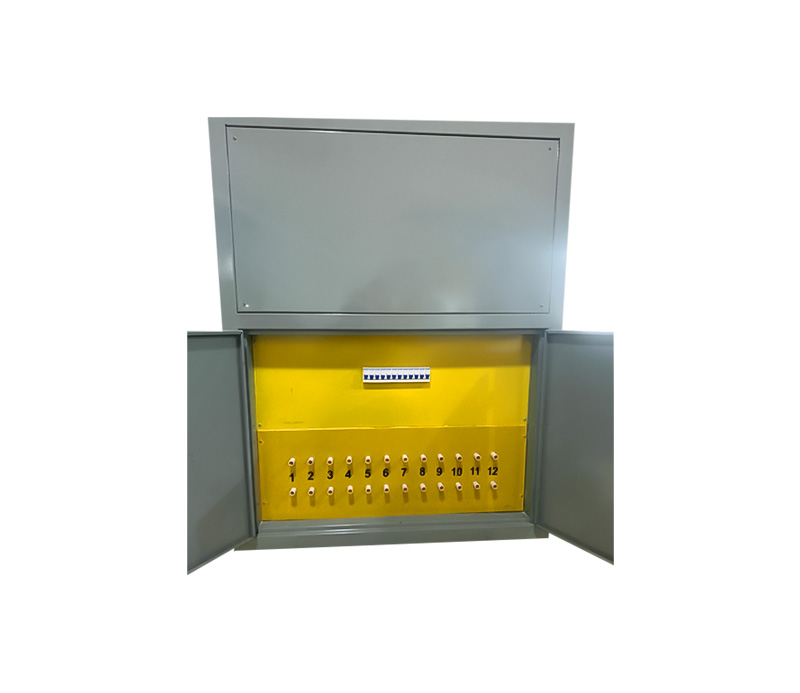National hotline
+8615995577609
The goal of preheating and post weld (PWHT) heating is […]
The goal of preheating and post weld (PWHT) heating is to maintain temperature between weld passes and to uniformly control changes in target temperatures. By properly achieving, maintaining, and then cooling weld temperatures, you lower weld stress, distortion, reduce shrinkage stress and allow unwanted hydrogen to escape.
It is very important to understand the material characteristics of the metals being welded, and know minimum and maximum preheat temperatures, particularly in tempered steels.
For most preheating, post heat treating, and interpass heating, precise temperature control isn't required. Its more important to maintain a minimum temperature, and stay within an acceptable range during the actual welding process, as well as during cool down.
Exceptions are with tempered steels. Tempered steels have already been heat treated at the steel mill and applying too much preheat can alter that tempering. In these cases, proper set point, temperature limiting, and temperature ramp rate of the welded part is critical.
Use of Ceramic Heater Pads
Resistance heating pads are constructed of ceramic beads strung on nichrome wire. These resistance heating elements accurately raise the workpiece temperature to the proper temperature before, during, and after welding, complying with recommended preheat, interpass, and PWHT practices. These semi-flexible ceramic heater pads, with their interlocking beads and high temperature wire, allow for a fit conforming to the shape of the workpiece, and are capable of temperatures up to 1,850 degrees F. Ceramic mat (pad) heaters have an additional benefit in that they don’t have to be moved during welding.
welding temperature controls
Recorders and controls used for
welding preheat and post heat.
Electronic temperature controllers use several thermocouples spot welded to the workpiece to monitor and regulate the actual part temperature throughout the operation. Many times the electronic controllers have ramping or temperature profiling capabilities, so that heat-up and cool-down can be carefully controlled. Recorders are often used to produce a record of the temperature profiles over time before, during, and after welding. This is important when welding jobs require careful documentation.
An average application is as follows: the heater pad is wrapped around the workpiece, and insulation is applied to the weld joint and the temperature controller is set. Once preheat temperature is achieved, a welder removes the insulation and starts their work. After the weld, the ceramic heaters can be placed over the weld and the controllers can be reset for proper PWHT.

If you have any questions, please contact us immediately and we will answer them patiently.